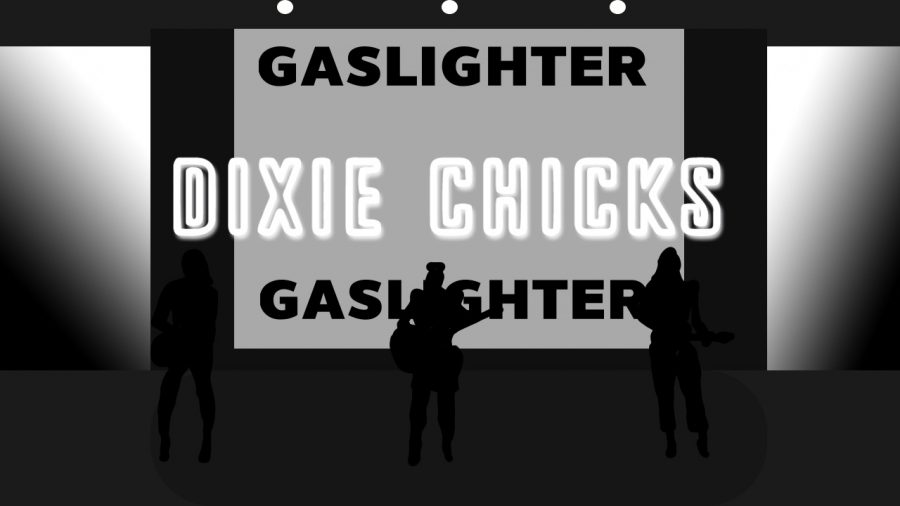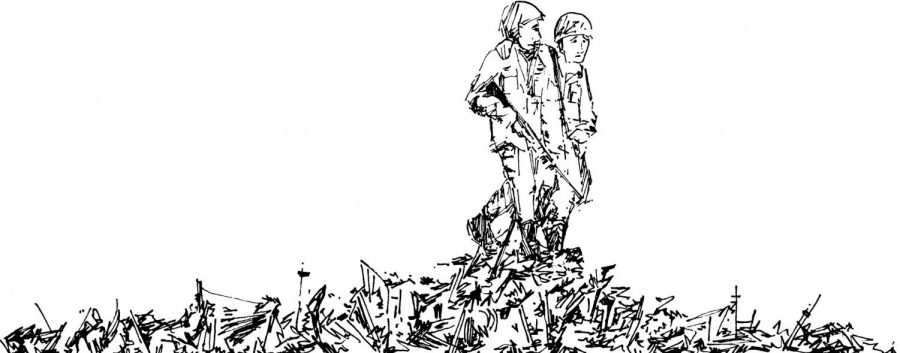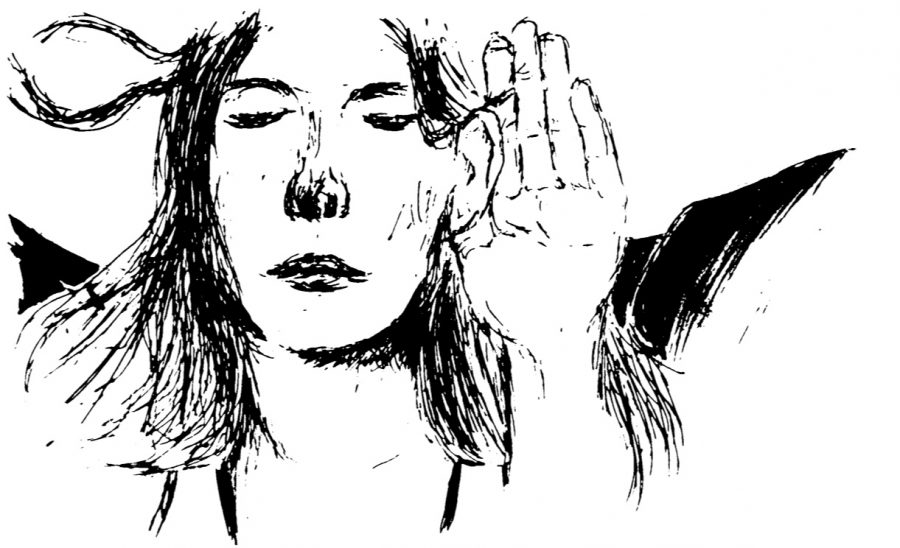To call Spike Jonze’s “Where the Wild Things Are” the best possible cinematic adaptation of any children’s book: or any book for that matter: anywhere in the entire world would not even begin to afford it the unprecedented adulation, by children and adults alike, that it deserves.
The film, based on Maurice Sendak’s 1963 book of the same name, obligates an inescapable visceral empathy from its first scene until its last. Between these scenes lies a story of a young boy whose rampant and vivid imagination has finally run wild as he is transported seamlessly from the reality he has known his whole life to a new one merely a voyage away. Beneath this story lies one of another kind: one about the loneliness, incomprehension and despair that come with being a child.
To anyone who remembers that part of his or her childhood, or even just the feelings with which it is associated, this movie offers an aesthetically pleasing reminiscence as its sole objective is to recapture these moments, images and emotions. This is because Jonze (director of “Adaptation” and “Being John Malkovich”) and novelist Dave Eggers have written a script that taps into children’s emotions rather than one that pleases their superficial penchant for cherry-filled explosions, picture-perfect superheroes and boy band-marinated soundtracks.
This objective is the only perfect connection between the film and the book. Jonze’s film doesn’t pretend, like “The Curious Case of Benjamin Button,” to remain faithful to the book. He uses Sendak’s book as an emotional template for a similar, less enigmatic story about a child’s struggles with anger and alienation in a suburban neighborhood.
What some call Jonze’s ‘additions’ to the original story: a back-story that includes indifference from a phone-addicted sister (yes, it’s her boyfriend) and dating mother: may seem a little cliché. However, these ‘additions’ feel individual, apposite to Max (Max Records), wholly plausible as causes for his prepubescent violence and abject loneliness and far from cliché when viewed in the context of the film.
Though arrived at through entirely different stories, plot lines and conventions, “Where the Wild Things Are” generates the exact sentiment and necessitates a similar audience as last year’s devastatingly beautiful “Synecdoche, New York” (written and directed by Charlie Kaufman, who wrote the screenplays for both of Jonze’s previous films, coincidence?). For a movie more similar in genre, see Henry Selick’s “Coraline,” also an ‘adaptation’ of a children’s book.
In its delicate opening scenes, the film demonstrates the fragility of childhood play at both extremes: Max picks a snowball fight with his sister Claire’s (Pepita Emmerichs) teenage friends that soon reaches its fun-and-games breaking point after one of the friends jumps on Max’s snow igloo, destroying it along with Max’s feelings. Then, yearning for some sort of acknowledgement of his existence, Max takes out his frustration in a tantrum in front of his mother (Catherine Keener) and her boyfriend (Mark Ruffalo). The conniption reaches its violent breaking point when Max, dressed in a wolf costume, bites his mother and flees from the house to a new reality where the wild things are.
But childhood play is much more than its superficial appearance, for there are many ‘mature’ themes that children have to deal with during their upbringing that go almost entirely unnoticed by so-called ‘children’s movies.’ This is why I can’t really stomach people destructively and arbitrarily imposing the ‘children’s movie’ and ‘children’s book’ labels on both the movie and book “Where the Wild Things Are.” Exceptional literature and film, regardless of its target audience, will always possess a certain timelessness and depth that eschew any demographic pigeonholing.
I’ve read and heard many complaints about this film from critics and people who longed for another cute little Hollywood remake of a children’s book with which they could blindly empathize and effortlessly watch. They cite a “lack of narrative eventfulness” (are you kidding me? The book had ten sentences and practically one event!), an ambiguity to the source of the wild things’ sadness (they’re sad because they’re lonely, idle, and stuck on an island with nothing to do, dummy), and an overall lack of energy in the film (if the emotional rollercoaster that this movie impels you to ride isn’t enough, I don’t know what is). Fortunately, Jonze didn’t succumb to such pathetic, regressive and artless demands.
The genius of Jonze lies in his decision to make “Where the Wild Things Are” a film about children rather than a so-called children’s film. In his decision to give the child’s psyche a voice rather than muzzle it with banal coming-of-age nonsense, he beautifully, truly and simply “let the wild rumpus start.”







